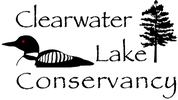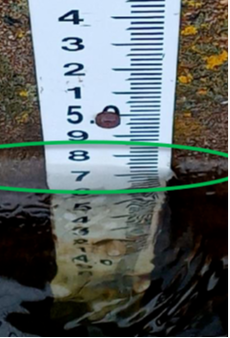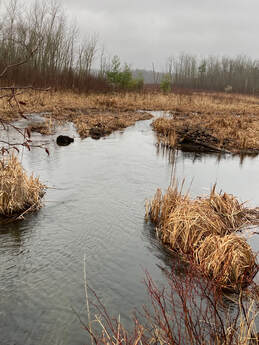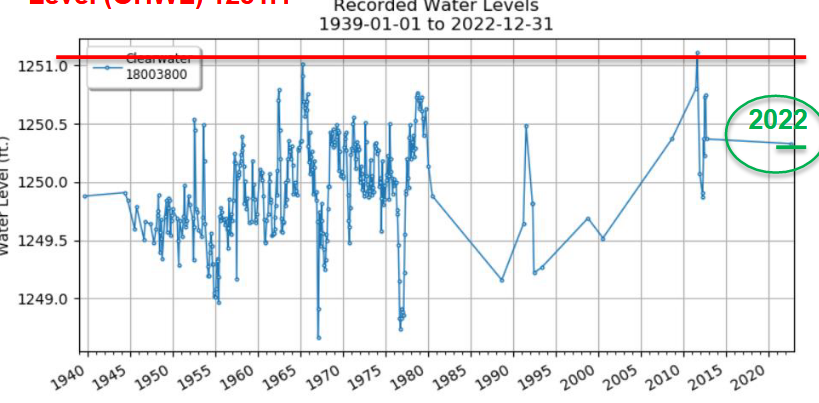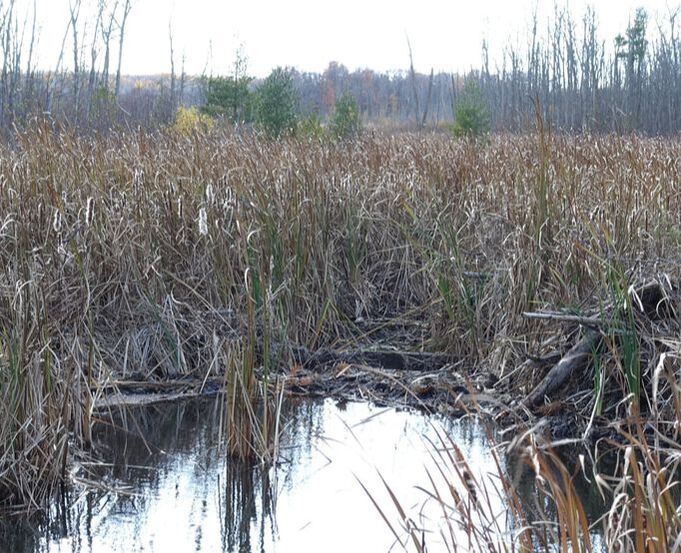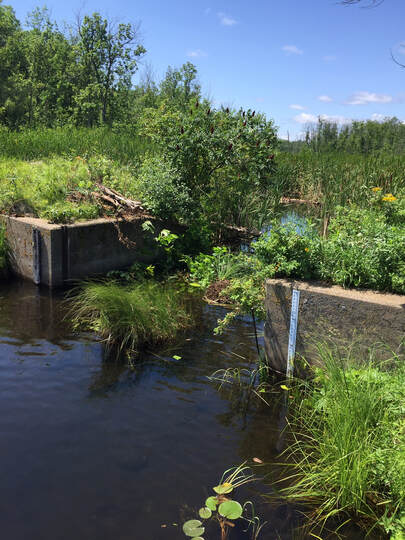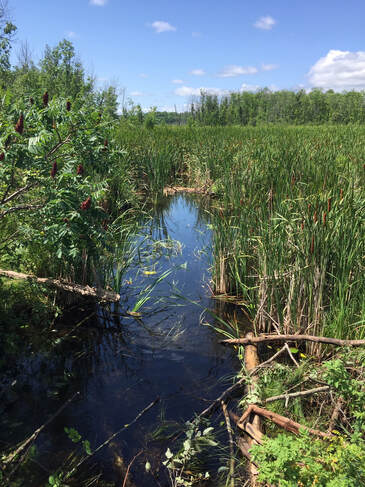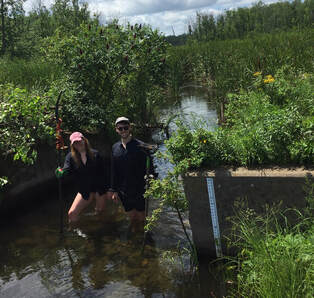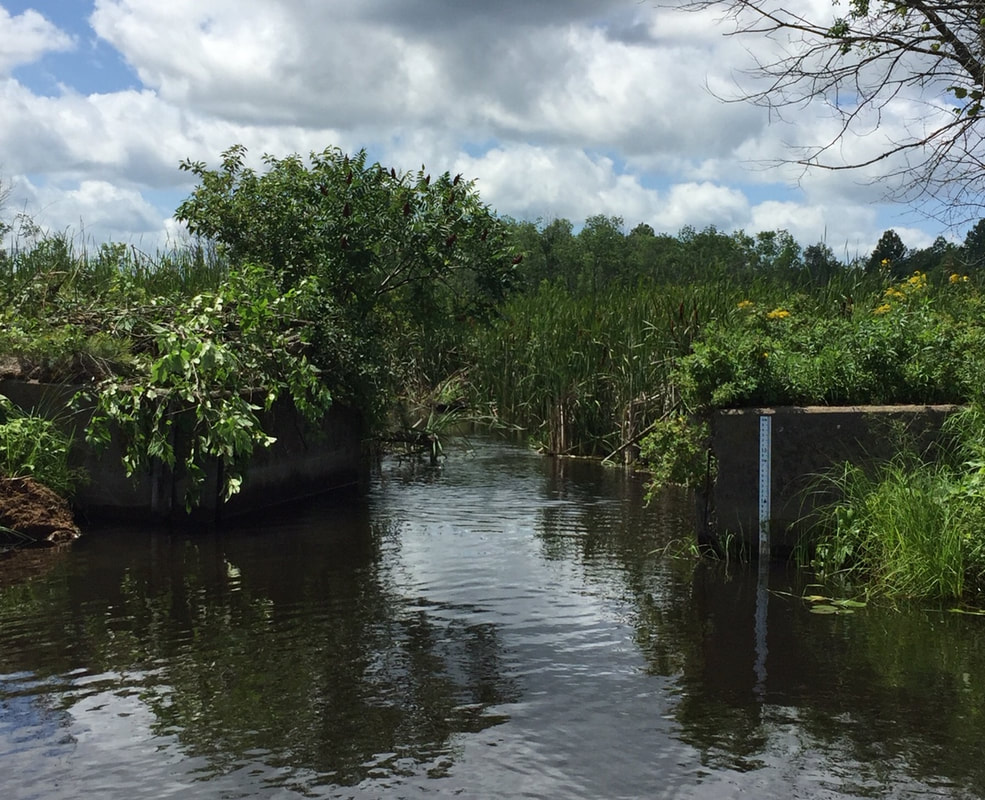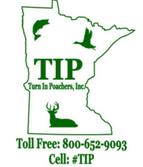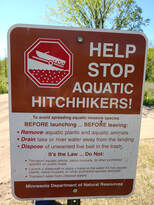|
Overview
|
2023 Report
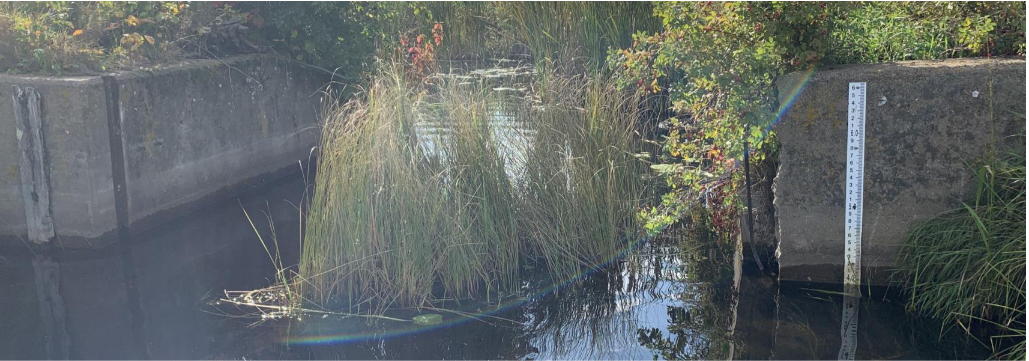
Bogs are a continuing problem.
2022 Report
As usual, our spring water levels started high and slowly dropped. Unlike the rest of the state we did not continue into a drought. The question of are we high or low was asked and answered in with multiple opinions. So we looked into the "data". And there is a lot of data to interpret because there are a lot of factors that affect the water level.
The Actual Water Level
The Clearwater Lake Conservancy Board discovered that the DNR stopped tracking lake levels in 2012. Ron Green has volunteered to monitor and report our lake levels to the DNR. Thanks to him we have 2 readings from this fall; 8/24: 1250.33 feet and 9/17: 1250.28 feet. But what do those number mean? For a quick reference, the DNR says our ordinary high water mark (OHV) is 1251.1 feet. That means we are DOWN from our OHV by less then a foot. (Approximately 9"). For the history "data" see this DNR chart. . . heads up its just raw data. Weather - Rain and Heat
Obviously the amount of rain we receive will affect the level of the lake. Heat also affects lake level, since most of water loss (70%) is through evaporation. The MN DNR has a lot of data on climate with some tools that can give you some interesting reports. Check out these web pages. Climatology information: https://www.dnr.state.mn.us/climate/weekmap/weekmap.html https://climateapps.dnr.state.mn.us/index.htm Spring 2021 Report
Clearwater lake is always high in the spring. However, this year it did not appear to be subsiding as usual. At one reading the water level measured 4.5 and there were multiple bogs floating in the area.
Board members reached out to the land owners downstream. They confirmed that all three dams are open. The dam by the boat landing and one of the dams downstream are always open. The 3rd dam is open in the spring by DNR directive to allow northern spawning. Board volunteers explored the area of the dam and removed several blockages. This helped the water flow. By 4/15 things were back to normal spring fluctuations and the water level between Clearwater and Eagle was back on track. After reaching out to the DNR, the board learned that it can remove beaver dams and debris, but cannot remove beaver lodges. Any debris that is removed from the water must be removed from the area. It is not enough to toss it onto the shore. The lake association also has a permit to trap beaver. We hired a new beaver trapper this spring and as of 4/18 he had taken 9 beavers from the area. Beaver trapping will continue until 5/15 which is the normal end of the season. An extension is possible. The board will work with our trapper to determine if we should apply. The area between Clearwater Lake and Eagle Lake is a perfect beaver habitat. Beaver's have a territory. This area will always attract more beaver if there is not an active beaver colony. The spring dam building period is almost over, so hopefully we can manage without trapping until we need to reevaluate in the fall. There will be volunteers going out to keep the water flowing. If you are interested in being a part of this team. Please contact us. Fall 2020 Report
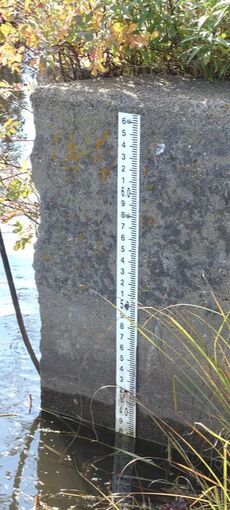
Our volunteers have been working on the dams about every other week all of late summer and into the early fall. We lost our Our Beavers have been busy this year and as a result out general water levels have been higher too. (Of course the 3 or 4 rains that dumped 3 - 5" each could also have something to do with it!) trapper 2 years ago when he moved out of the area. The board has hired a replacement for the fall trapping season. A nuisance permit was requested for early trapping unfortunately, it was denied. So our trapping season starts on 10/31/2020. All of the traps will be west of the boat landing dam. So if you walk back in the marsh, watch your step. We don't want to have any accidents. In preparation for the season, our volunteers will be tearing the dams down right before the traps are set. This way we can expect the beaver to be busy in that area rebuilding the dams. Water Level on 10/13/2020. The stick is measured in 10ths of an inch. So 3.8 means 3 feet, 9.6 inches. Summer 2020 Report
Over the weekend of 7/25/20, volunteers Maggie and Mike Lick headed out to the dam after it was reported by Pete Underthun that we were completely blocked with no outflow. The before and after pictures are pretty impressive. Thank you to our volunteers!
Past High Water updates
|
